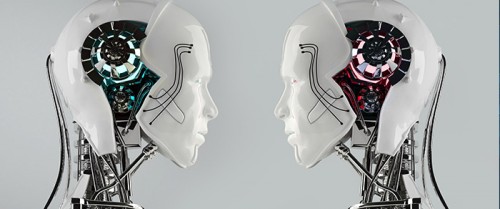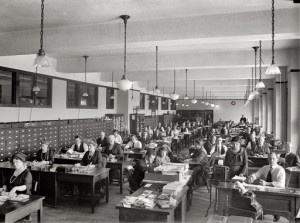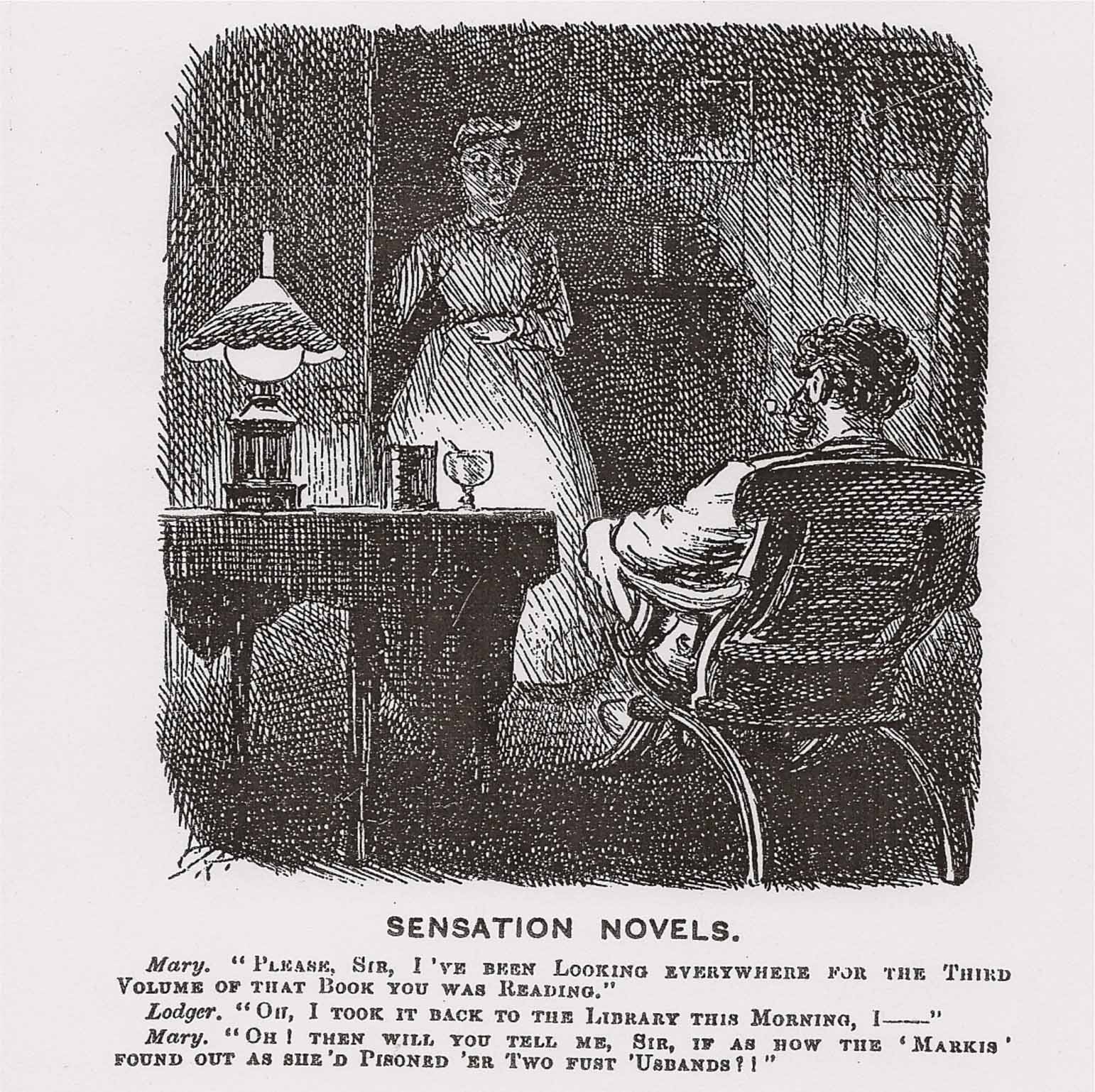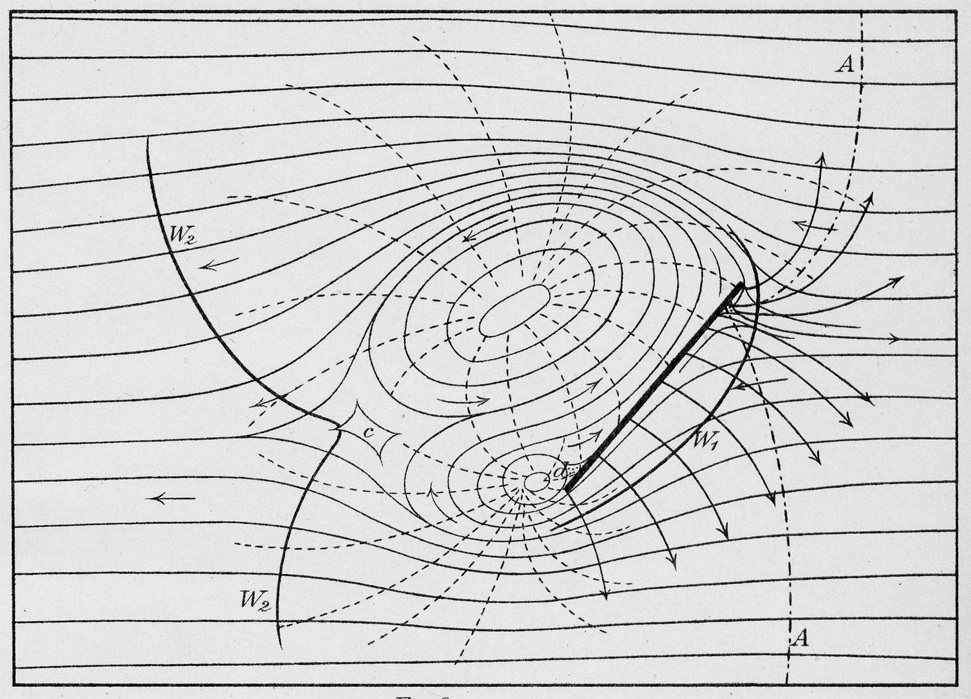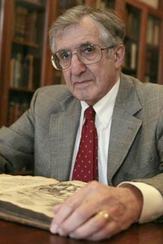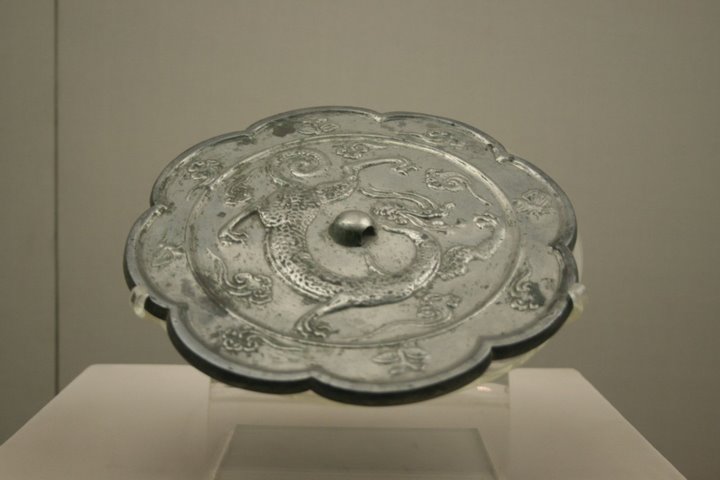
“When is a traditional Chinese ‘poem on things’ (yongwu shi) not a poem on ‘things’? When the perceived and, eventually, constructed nature of the particular thing being described is at odds with, or somehow exceeds, its prescribed function as a discrete object of perception. One such object is the mirror, which appears in some of the earliest Chinese historical and philosophical documents in our possession, before entering the lexicon of classical poetic expression some time around the third century—at the very moment when the tradition of individual lyric expression as such was beginning to take shape. At that point, although it carried with it centuries of discourse relating vision to questions of knowledge of self and others, its capacity for creating meaning would soon exceed anything that could rightly be called symbolic or even metaphorical. The mirror would become one salient thing that would reflect and shape changes in the very notion of the lyric subject over time.” –Paula Varsano
In her new essay “Disappearing Objects/Elusive Subjects: Writing Mirrors in Early and Medieval China” (Representations 124) Varsano examines changes in the philosophical and literary representations of mirrors—and mirroring—in a foundational period of Chinese history beginning with the pre-classical period and ending in the medieval Tang Dynasty. Inspired by the peculiarity of this object, which acts upon subjects at least as much as it is acted upon by them, this study of the literary mirror, of reflection and reflexivity, provides a glimpse into the larger issue of the construction of subjectivity in premodern China.


